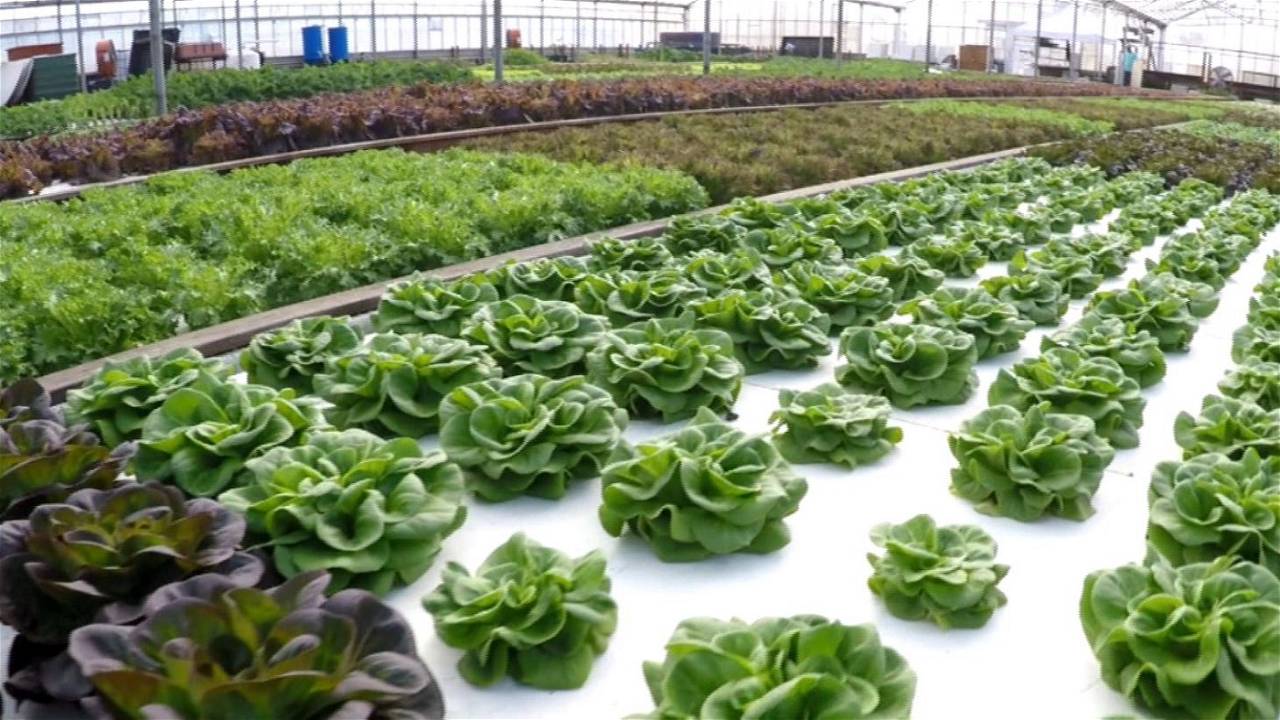
Researchers from the University of Gothenburg and Wageningen University & Research grew lettuce (Lactuca sativa) under a variety of hydroponic conditions, including nutrient supplementation with a commercial hydroponic solution, nutrients derived from Nile tilapia (Oreochromis niloticus) aquaculture, and finally with the inoculation of a probiotic or culture soil – all in the hopes of better understanding the origin of microbial communities in aqua.
The role of the microbial community in fish and plant culture is often referred to as aquaponics' "black box." Despite widespread recognition that plants rely on their rhizosphere – the zone of chemical, biological, and physical influence generated by root growth and activity – little is known about the impact of aquaculture effluents on the roots of hydroponic communities.
Researchers highlighted the importance of plants in determining their own rhizosphere composition in soilless farming systems using multiple discriminant analyses (cluster dendrogram, principal component analysis).
The researchers also performed a taxonomic analysis (16S rRNA barcode) of microbial communities from the water source, the hydroponic nutrient solution (HNS) sink, and the nutrient-supplemented biofilter effluent sink (BF), and the tanks of the recirculating aquaculture system stocked with Nile tilapia.
The food for the fish and the fertilizer added to the hydroponic unit are the two primary sources of nutrients in aquaponic systems. The microbial inoculation can come from the water or the air, or it can be introduced to the system via aquafeed.
Many hypotheses about how the microbial community can lead to increased yield based on the increased abundance of chelating agents, cofactors, enzymes, or hormones that influence the bioavailability of nutrients have emerged in light of recent publications focusing on the diversity of microorganisms in aquaponic systems. This microbial community is widely acknowledged as a critical component of aquaponics' success.
Understanding the potential impact of microbial communities in water sources on hydroponic units, according to the researchers, has direct implications for disease prevention.
"Showing that rhizosphere community composition is more associated with the plant than the presence of exogenous colonizing bacteria implies that focusing efforts on defending plant health, rather than water sterilization, will better protect crops," they write.
"The compositional similarities between the treatments suggest that in soilless conditions, plants may exert a stronger discriminating influence on the composition of their rhizosphere than the colonization of the water source," according to the researchers.
"We show that exposure to microbial communities in water sources in soilless aquaponic farming systems does not adequately predict plant crop health."
This is the first study to address the issue of colonizing microbial transfer from the rhizosphere in aquaponics by selectively exposing the integrated plants to a variety of treatments aimed at shaping the root microbiome, according to the researchers.
The findings suggest that adding bacteria to a water source has a smaller effect than previously thought. This discovery points in two important directions for future research:
That aqueous nutrient concentration, rather than sterilization, is a better predictor of community microbe composition (a common practice in aquaponics). More research is needed to see if a greater emphasis on maintaining plant health rather than maximizing yield will result in more disease-tolerant crops.
















